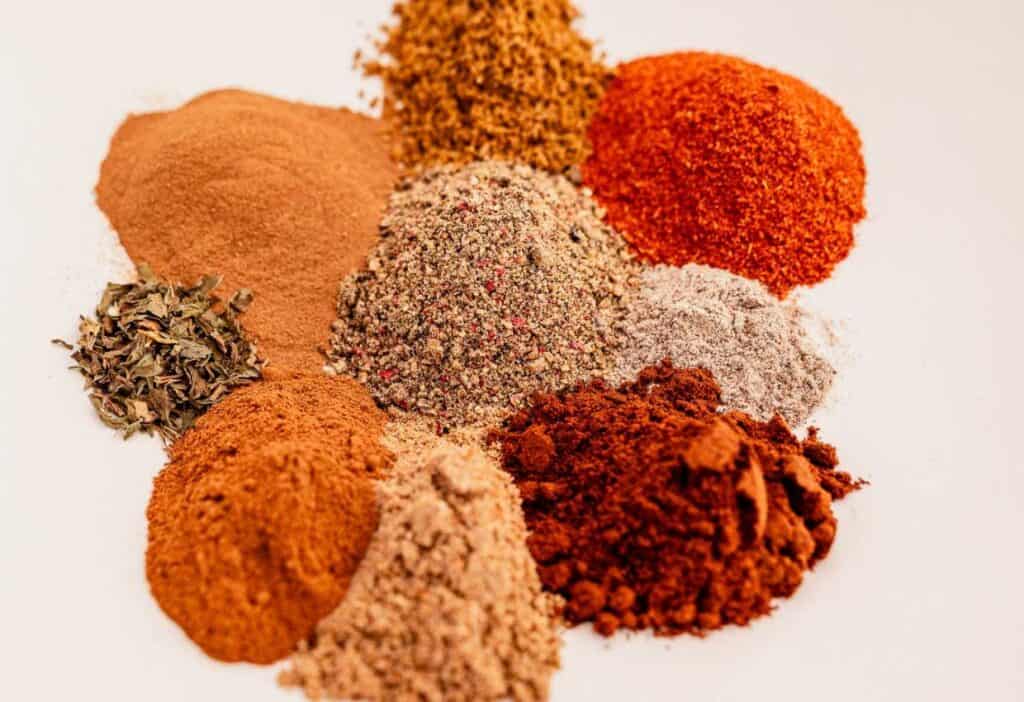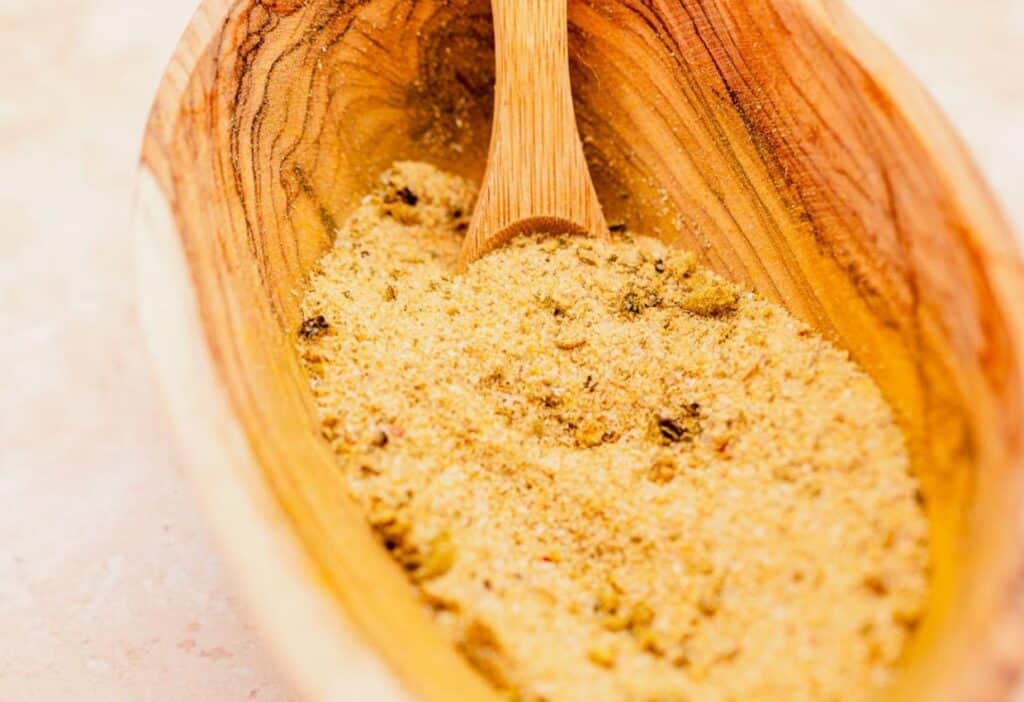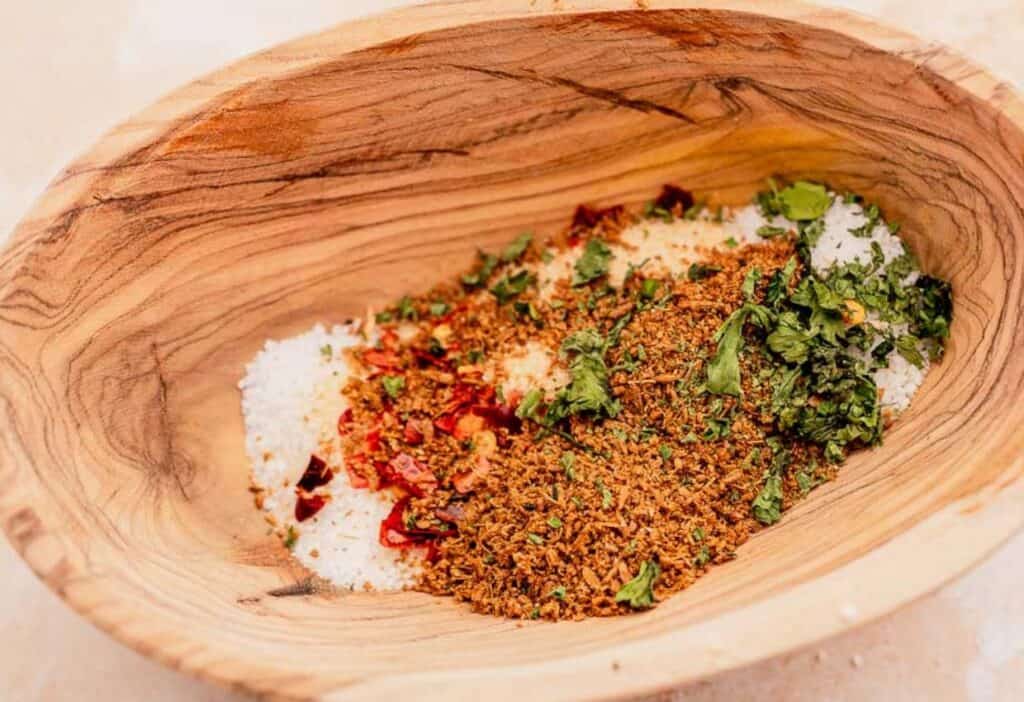Good seasoning can be the difference between a bland dish and a flavorful one. Did you know it’s incredibly easy and cost-effective to make your own at home? From classic to creative, discover how to create homemade seasoning blends right in your own kitchen.

Store-bought seasonings can be surprisingly expensive for the small amounts you get. Plus, they often lack a bold flavor punch, leaving you wondering if they were made with older, less potent herbs and spices. By making your own seasoning blends at home, you not only ensure your blends will be fresh and flavorful but also save money in the process.
Benefits of homemade
Buying seasoning ingredients in bulk and then mixing them at home can lead to significant savings over time. Store-bought seasoning blends often come in small one to two-ounce containers that can run five, 10 or 15 bucks for something that lasts only a month, if you are lucky. By making your own at home, you will have a steady, more flavorful supply that costs a fraction of what you will find at the store.
When buying single spices and herbs to create your own seasoning blends, you can also ensure that your ingredients are fresh and not expired for maximum flavor potency. Homemade blends are often considerably bolder in flavor. Additionally, the sky is the limit when it comes to customizing blends to suit your personal taste preferences.
If you are sensitive to sodium, have a food allergy or are wary of additives and preservatives, making your own seasonings is the perfect way to have full control of the ingredients. You can cater to your needs and ensure your blends are free of anything you deem unhealthy or harmful.
“I frequently make my own garam masala at home. There’s no one right way to make this blend because it’s so specific to each household. My recipe comes from my mom, and it reminds me so much of my childhood — plus it tastes fantastic.”
— Shruthi Baskaran-Makanju, Urban Farmie

Essential tools and ingredients
When building a seasoning-making pantry, you will want to keep certain basics on hand. Start with basic spices such as salt, pepper, garlic powder, paprika, cumin and oregano. Certain tools will come in handy, especially if you plan on grinding whole spices to create blends. A mortar and pestle or a spice grinder can help break these down. You will also need accurate measuring spoons to make your blends perfectly again and again. Empty spice jars, Mason jars or simple food storage containers will come in handy for storing your seasonings.
How to create your own seasoning blends
There is more than one approach that you can take when creating a seasoning blend. Firstly, you can simply experiment, mix and match ingredients, tasting along the way until you are happy with what you’ve created. This is also an excellent method for allowing your creativity to flourish in the kitchen and creating truly one-of-a-kind blends.
If you prefer a more traditional and methodical approach, look at the ingredients of a favorite store-bought seasoning blend and try to recreate it. When looking at an ingredients list, keep in mind that the first ingredient is always the largest by volume. You can start to make your seasoning blend with any amount you would like, but work your way down from there with each successive ingredient. Make sure you document the ingredients and the amounts of each so you can make it again and learn from your homegrown recipes. Put a sprinkle on something simple like a piece of bread or a cracker to get an idea of how well your blend is developing, and tweak it from there.
To ensure your seasoning blends are as potent as possible, purchase whole spices and herbs. Break them down using a mortar and pestle or a spice grinder before combining them for your homemade blends.
Whether creating something out of the box or a well-known blend, always keep flavor profiles in mind to achieve a balance of flavors. Blends shouldn’t have one flavor note but rather depth and complexity by combining sweet, savory, bitter, smoky, umami, salty and spicy. If any one flavor is overpowering, adjust it by adding more of an ingredient that will counterbalance it and help create a harmonious blend. For instance, add a bit of sweetness if a blend turns out to be too bitter. If a blend is too sweet, add warmth and spiciness, which pairs well with sweet and can help achieve an overall balance of flavors.
“I always make my own taco seasoning because it’s so easy, and I already have all the spices on hand. Plus, I avoid the unknown additives that can come with store-bought versions.”
— Sharon Rhodes, The Honour System

Popular seasoning blends
Here are some seasoning blends that are perfect for the home cook to start out with. These can be used in a large variety of dishes and are also super easy to throw together at home.
Italian seasoning
Italian seasoning often contains a blend of basil, oregano, thyme, rosemary and marjoram. You can keep these dried herbs whole or lightly crushed for the best results. This is an excellent blend to add to pasta, pizza sauce, garlic bread and tomato soup.
Adobo seasoning
With Spanish and Filipino origins, adobe seasoning often consists of a blend of garlic powder, onion powder, salt, pepper, oregano, bay and turmeric. This savory blend is great to use as a dry rub for meat, mixed with juice or vinegar as a marinade or blended into sauces.
Curry powder
Curry powder is a seasoning invented by the British but inspired by the flavors of Indian dishes. This flavorful blend commonly uses a mix of turmeric, cumin, coriander, ginger, mustard seed, cinnamon, black pepper and cardamom. It is perfect for mixing with coconut milk or heavy cream to create the base of a curry or to make a flavorful sauce for stir-fried noodles.
Guacamole seasoning
A good guacamole should be flavorful, and homemade guacamole seasoning outshines those little packets you can find at your local grocery store. A good blend usually contains salt, cumin, garlic powder, onion powder, dried cilantro and some heat from red chili flakes. Apart from its obvious use, this blend is also delicious sprinkled into quesadillas, burritos or even baked potatoes.
Herbs de Provence
Herbs de Provence is a French seasoning blend consisting of lavender, thyme, rosemary, fennel, marjoram and savory. It is a classic, all-purpose blend perfect for seasoning meat or fish or mixing into stews or marinades.
Baharat seasoning
Baharat spice mix is a Middle Eastern seasoning blend combining black pepper, coriander, cumin, cinnamon, smoked paprika, nutmeg, cloves, cardamom and sometimes dried mint. Its warmth enriches savory soups, stews, dips and spreads.
“I prefer making my own ranch seasoning at home. It’s easy, and it just tastes better! I know what’s in it, and I can tweak it to get it exactly how I like it. I use it to make dips, sprinkle on popcorn or french fries, mix it into mashed potatoes, as a seasoning for grilled chicken or fish and more!”
— Kristin King, Dizzy Busy and Hungry
Storing and using your blends
To ensure your blends maintain their flavor and last a good while, keep them stored in airtight containers away from bright, warm environments. A cool, shady corner of a pantry works best.
A final note
Whether you are ready to create the next great seasoning blend or want to recreate your favorites at home, the perfect blend is within reach right at home. From simple to complex, watch your confidence and wallet grow as you explore the multitude of flavors right at your fingertips.
Kristen Wood is a photographer, food writer, recipe developer and creator of MOON and spoon and yum. She is also the author of Vegetarian Family Cookbook, Fermented Hot Sauce Cookbook and Hot Sauce Cookbook for Beginners. Her work has been featured in various online and print publications, including NBC, Seattle Times, Elle, Martha Stewart, Forbes, Chicago Sun-Times and more.